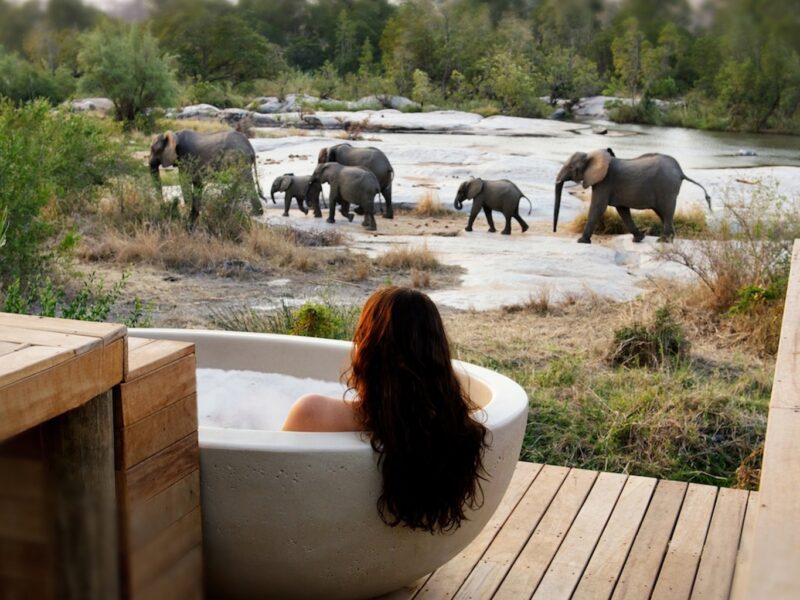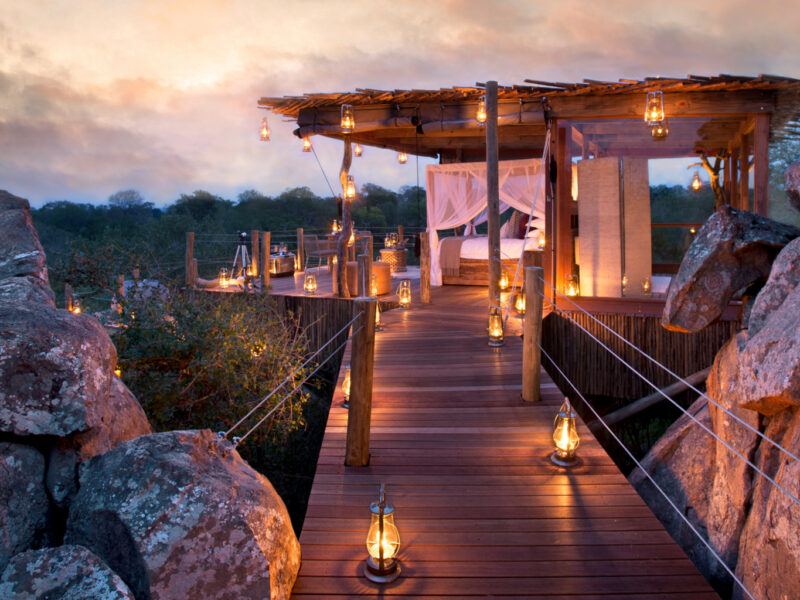Serengeti Migration - Where to Stay in April?
Staying in the Ndutu region or southern Serengeti in April puts you right at the heart of the migration’s early momentum—where new life meets ancient instincts, and the rhythm of the wild is at its most raw and vibrant.
April in the Serengeti is part of the long rainy season, and while this might deter some travelers, it is a deeply rewarding time for those in the know. This is when the southern plains of the Serengeti, particularly around Ndutu and the Ngorongoro Conservation Area, come alive with the last stages of the calving season and the beginning of the rut—the mating period for the wildebeest. With plenty of surface water, fresh grasses, and fewer visitors, April offers a uniquely intimate safari experience, teeming with wildlife and activity.
Southern Serengeti and Ndutu: The Heart of the Action
During April, the southern Serengeti and Ndutu region remain the best places to stay. The majority of the migration is still spread out across this area, with thousands of young calves now a few weeks old, drawing predators like lions, hyenas, and cheetahs. This creates ideal conditions for witnessing dramatic wildlife interactions—fast-paced chases, territorial disputes, and the sheer energy of nature in full swing.
As the rut kicks off, you’ll also see male wildebeest competing for mates in loud, chaotic displays of dominance, making for fascinating behavior to observe. The open landscapes and short grasses of the southern plains make this region especially good for photography and wide-angle wildlife shots.
Advantages of Visiting in April
One of the great advantages of an April safari is the low number of tourists. This means you can enjoy top wildlife sightings without the pressure of crowded vehicles or busy lodges. The lush, green environment is stunning, with dramatic skies, thriving vegetation, and abundant birdlife—ideal for travelers who appreciate solitude, vibrant landscapes, and the rhythm of the wilderness.
Despite the rains, the roads in the Ndutu area are generally navigable, especially with experienced guides, and game drives remain productive and comfortable. Rain typically falls in short, powerful bursts, leaving plenty of time each day for exploration.
Where to Stay
To be close to the migration in April, staying in Ndutu or just across the border in the southeastern Serengeti is ideal. Camps such as Ndutu Safari Lodge, Lake Masek Tented Camp, and Kusini Camp offer prime locations, with some positioned right within the path of the herds. For a more mobile experience, seasonal tented camps like Ubuntu Migration Camp or Serengeti Safari Camp (when stationed in the south) provide the flexibility to follow the herds closely while maintaining a classic safari atmosphere.
These accommodations focus on authentic, immersive safari experiences, prioritizing excellent guiding, comfort, and prime positioning over flashy amenities. You’ll fall asleep to the sounds of wildebeest calls and wake to the sight of herds right outside your tent.
Wildlife and Weather Outlook
In terms of wildlife, April is phenomenal. In addition to wildebeest and zebras, you’ll find cheetahs, leopards, spotted hyenas, and large prides of lions taking advantage of the easy prey. Elephants, giraffes, jackals, bat-eared foxes, and a diversity of birds—from raptors to waterbirds—add to the richness of game viewing during this time.
The weather is warm and humid, with regular showers that help keep the landscape lush. While packing for wet conditions is wise, the trade-off is fewer tourists and incredible photographic light, especially after the rains when the clouds break and sunlight pours over the plains.




